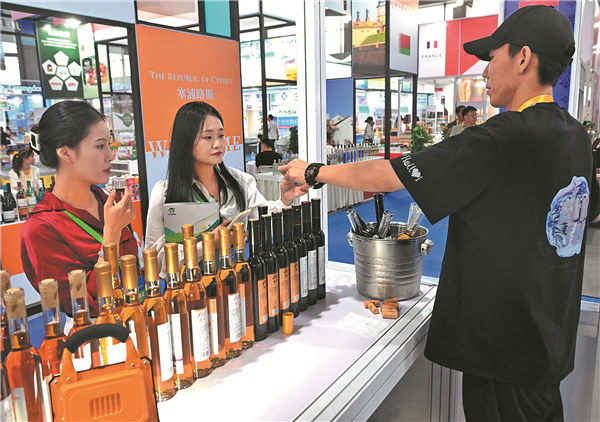

An exhibition hall filled with booths displaying pomelos, pears, mushrooms, its air fragrant with the enticing aromas of black tea, mooncakes and spicy rice noodles, could easily be mistaken for a food expo. In fact, it was part of a conference on intellectual rights.
The products on display at the 13th China Intellectual Property Annual Conference last week in Beijing, all have one thing in common: a geographical indication or GI.
A GI is a form of IP that signifies a product's origin as well as the traits or reputation associated with that location, and serves as a mark of quality that sets it apart from competitors. Notable examples of GI include Champagne and Kweichow Moutai.
In the exhibition area, domestic GI products from the Guangxi Zhuang autonomous region, Guangdong and Shaanxi provinces drew large crowds of visitors, photographers and vloggers.
According to the latest data released by China's IP authority, the country had approved 2,523 GI products and registered 7,385 GI trademarks as of the end of August.
GI products have not only become top choices for consumers, but also driven the growth of regional economies and industries.
Zhashui fungus, a highly nutritious specialty of Zhashui county in Shaanxi province, attracted many buyers at the conference. The staff at the exhibition booth said that the local government has set up a modern industrial park and has worked with research teams to promote the fungus. Zhashui fungus has also secured EU trademark registration, marking its entry into the international market.
Hu Wenhui, deputy commissioner of the China National Intellectual Property Administration, said that the direct annual output value of GIs has increased consistently since 2020. Last year, it surpassed 961 billion yuan ($139.1 billion).